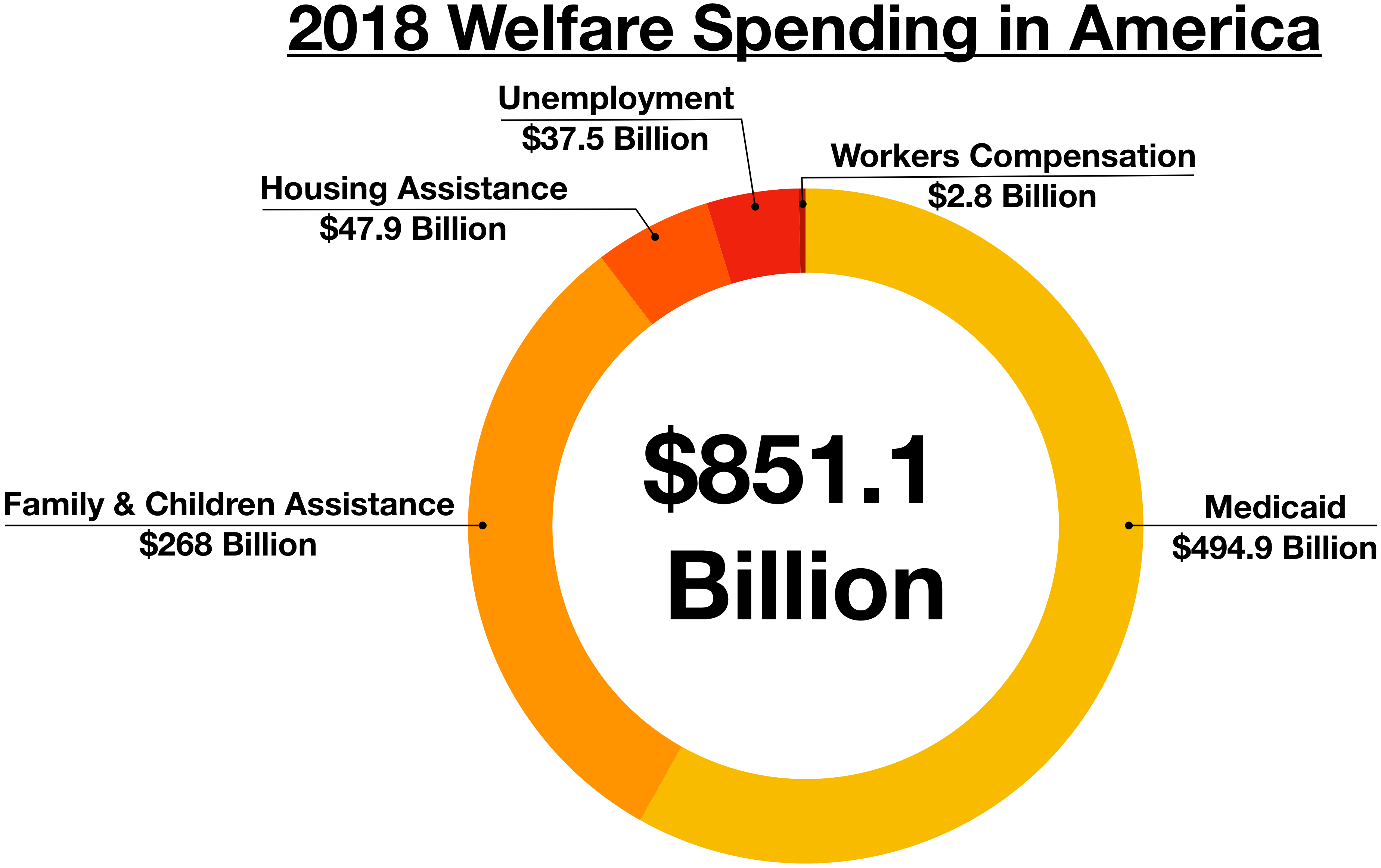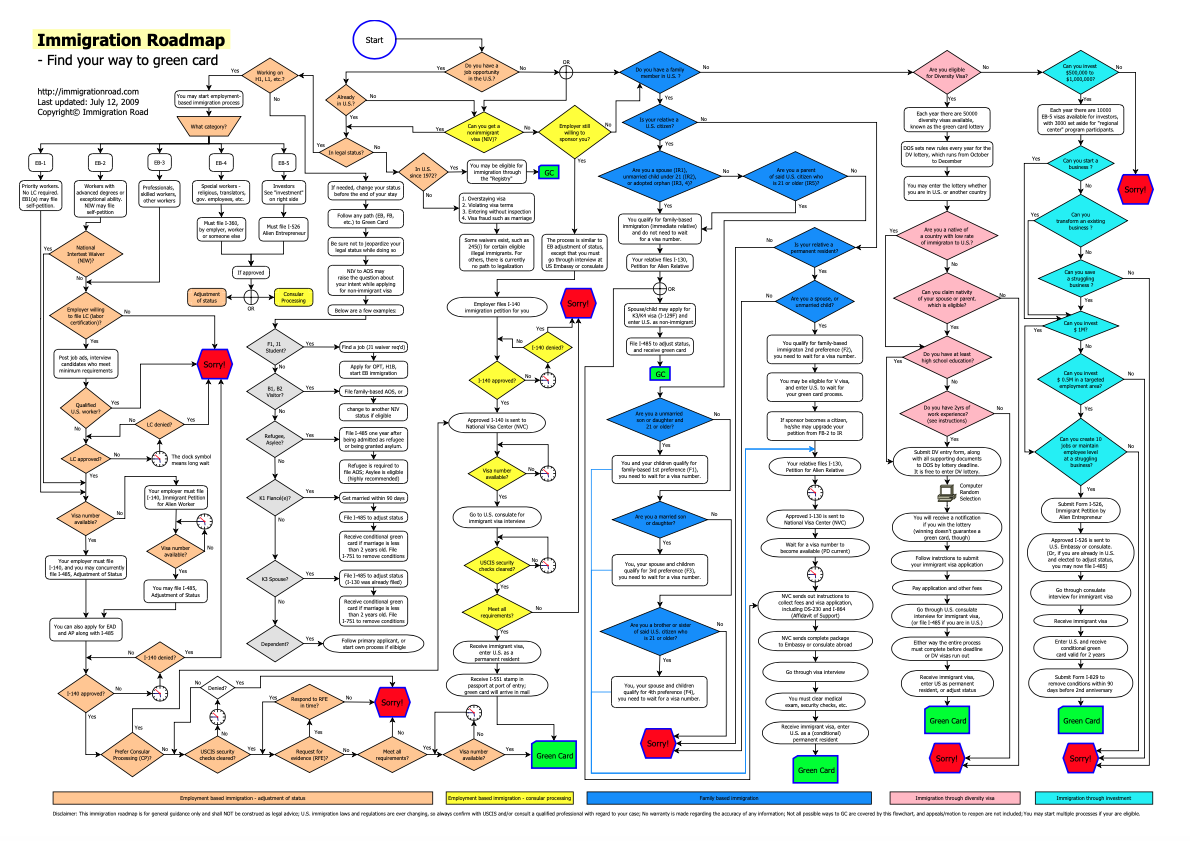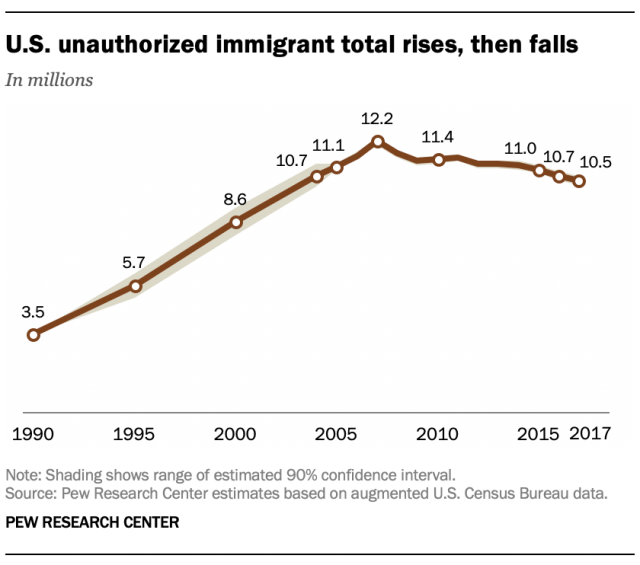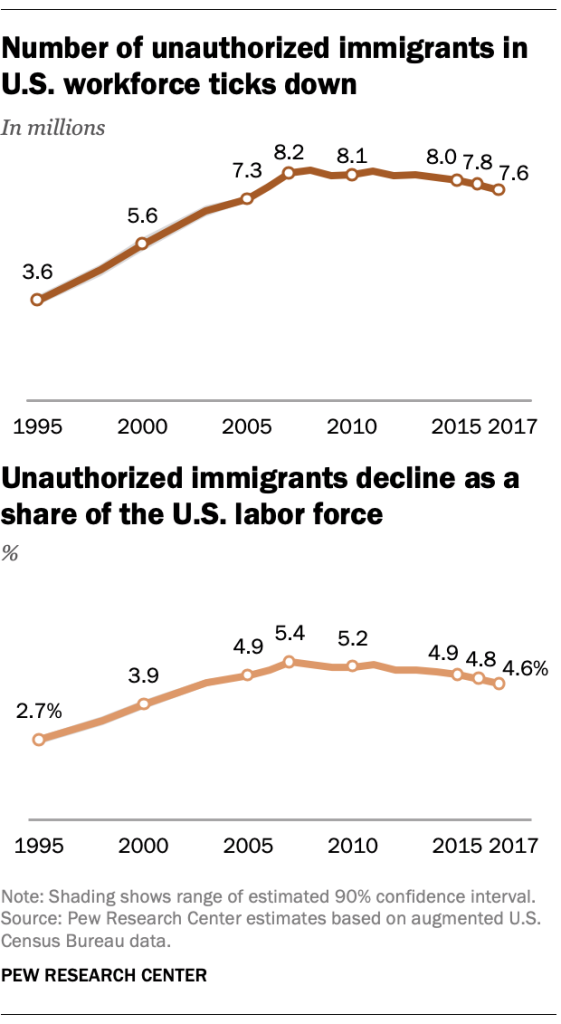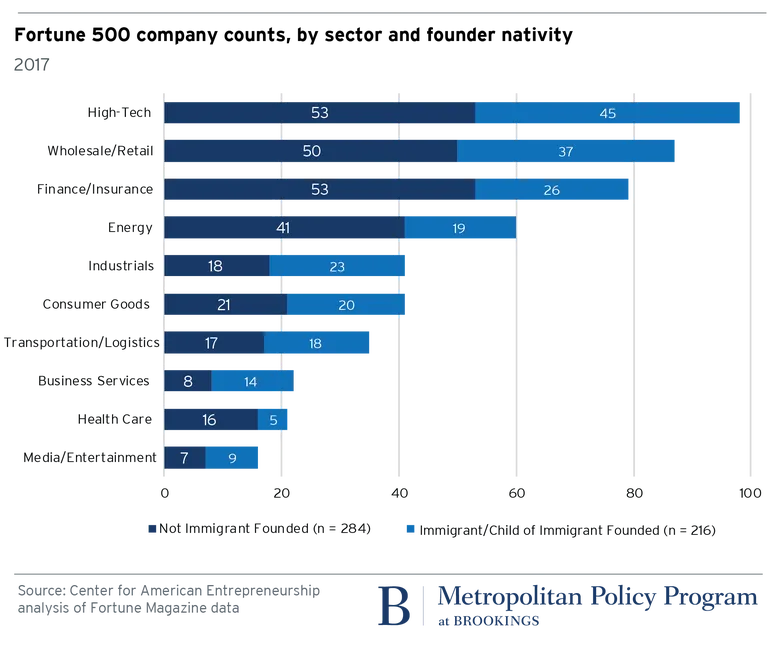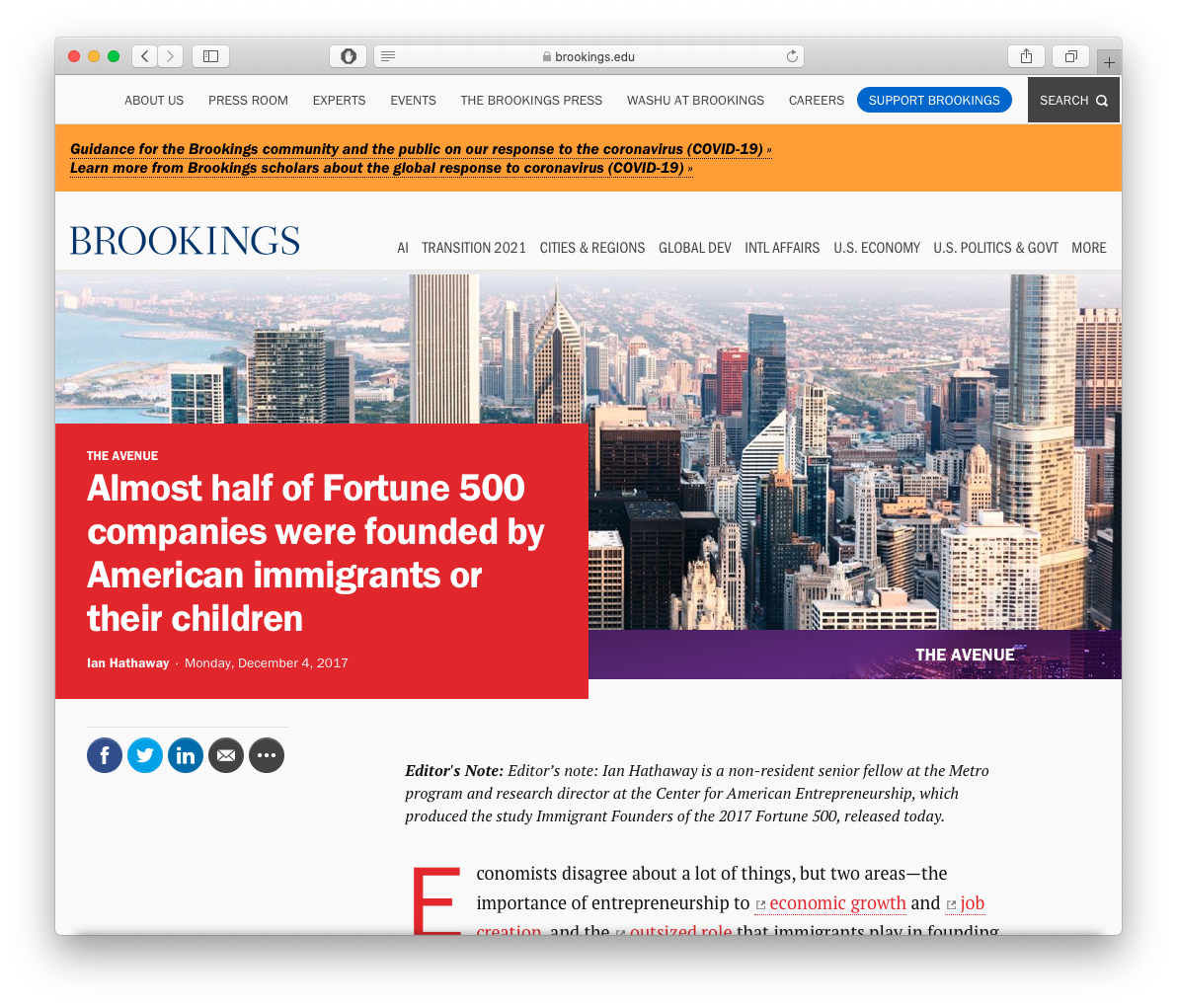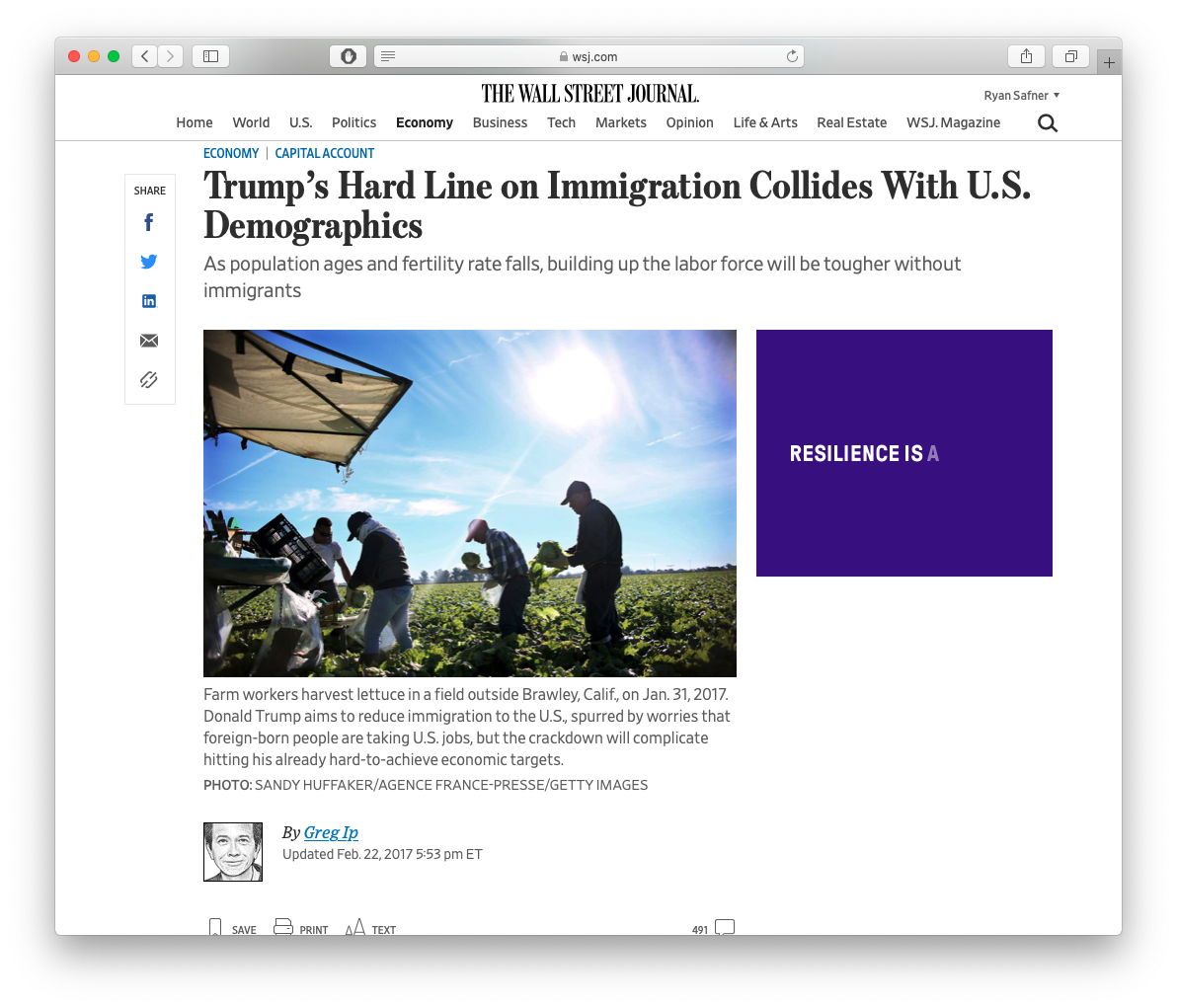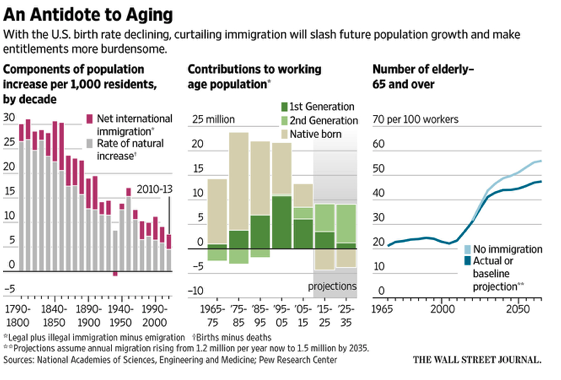3.1 — Immigration
ECON 324 • International Trade • Spring 2023
Ryan Safner
Associate Professor of Economics
safner@hood.edu
ryansafner/tradeS23
tradeS23.classes.ryansafner.com
Immigration to the United States
Immigration to the United States
1790—1920: immigration to the U.S. from Europe almost entirely unrestricted
1820—1911: Over 30,000,000 people arrived in the U.S. (largest migration in human history)
- c.f. Australia & New Zealand (combined): 6,000,000
- c.f. Canada: 2,000,000
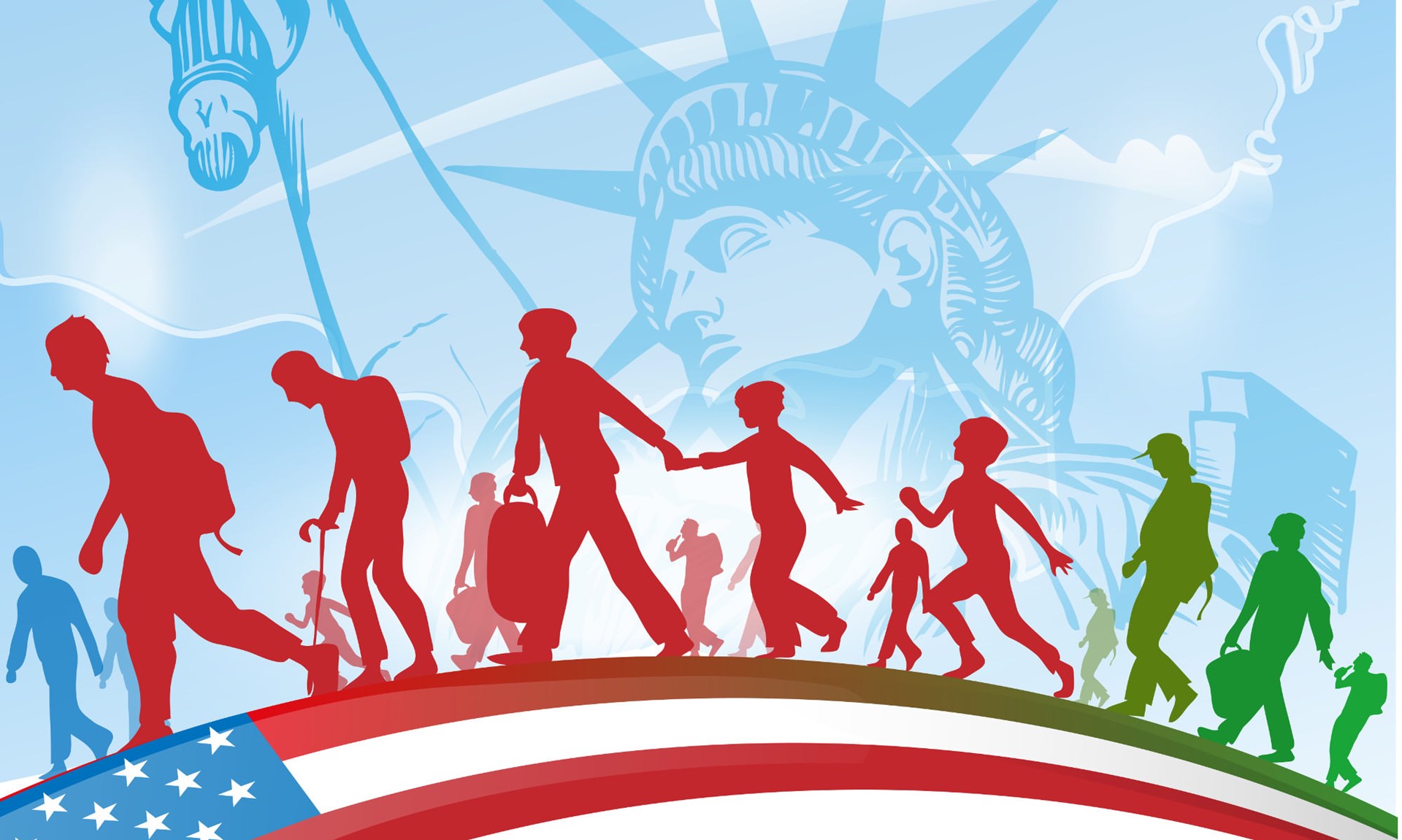
Historical Restrictions
Naturalization Act of 1790: allowed “free white person[s] ... of good character” to become citizens
- Expanded to blacks in 1860s, Asians in 1950s
- One of the few countries that regulated immigration by race
Chinese Exclusion Act of 1882: virtually banned all immigration from China until repeal in 1943
- California Gold Rush had brought several 100,000s from China

Historical Restrictions
Emergency Quota Act of 1921: restricted inflow of Southern & Eastern Europeans and other “undesirables”
- Officially restricted number of immigrants allowed from any country annually to 3% of the number of U.S. residents from that country as of the 1910 Census
- Implied Northern & Western Europeans had much higher quotas
- No limits on immigration from Latin America; or for high-skilled individuals
Immigration and Nationality Act of 1965 abolished quotas
- resulted in influx of non-European immigration

Foreign Born Americans Over Time
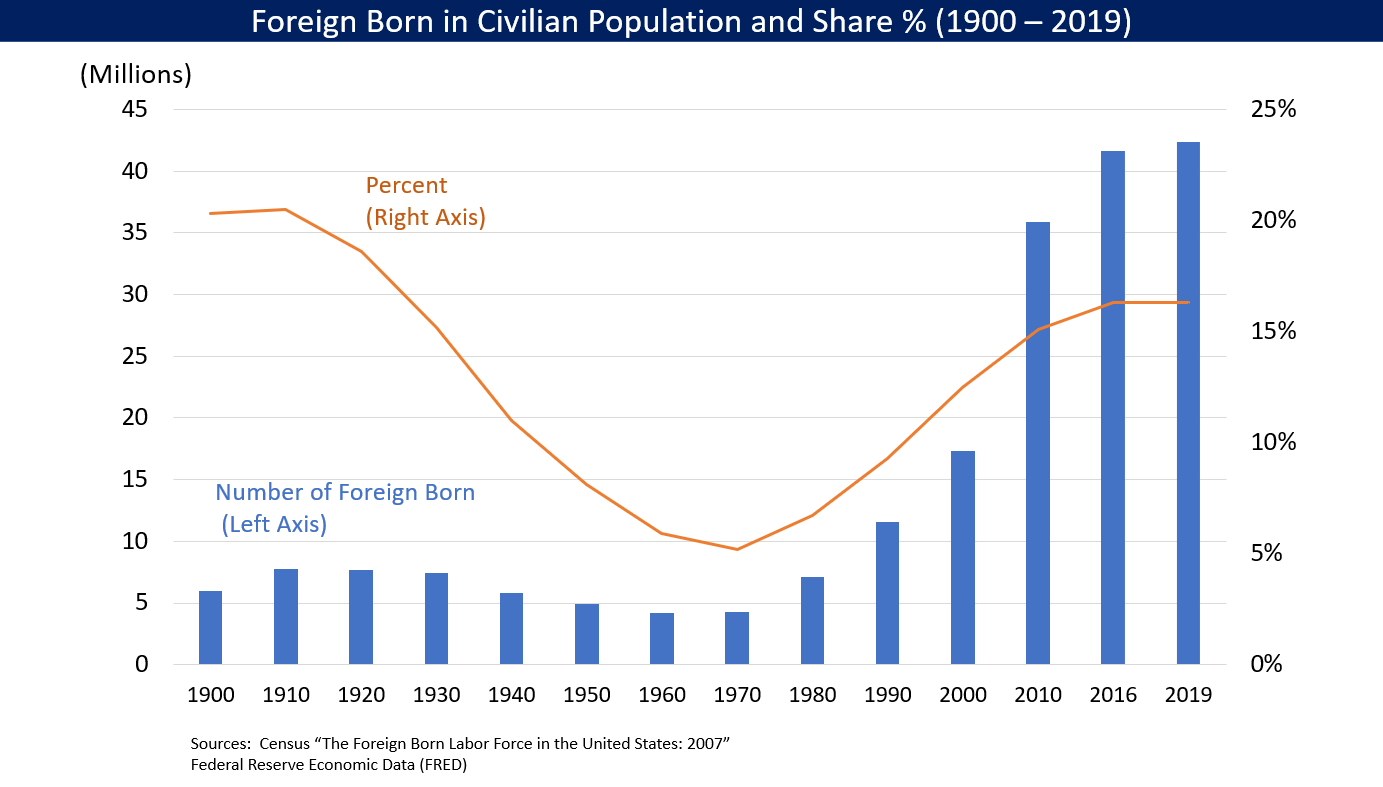
Birthright Citizenship
- U.S. guarantees “jus soli”, i.e. birthright citizenship to all individuals born on sovereign U.S. soil, regardless of their parents’ status
“All persons born or naturalized in the United States, and subject to the jurisdiction thereof, are citizens of the United States and of the State wherein they reside” — U.S. Constitution, Amendment XIV, Section I, Clause I
- Very few other countries grant unrestricted birthright citizenship
- None in Europe or Asia
- France abolished it in 1993, Ireland in 2005, New Zealand in 2006

Asylum and Immigration
“Any alien who is physically present in the United States or who arrives in the United States (whether or not at a designated port of arrival and including an alien who is brought to the United States after having been interdicted in international or United States waters), irrespective of such alien’s status, may apply for asylum.” (8 U.S.C. 1158)

How to Legally Immigrate to the United States
Illegal Immigration
People entering the United States without going through the official immigration process
Valid concerns about fairness and rule of law
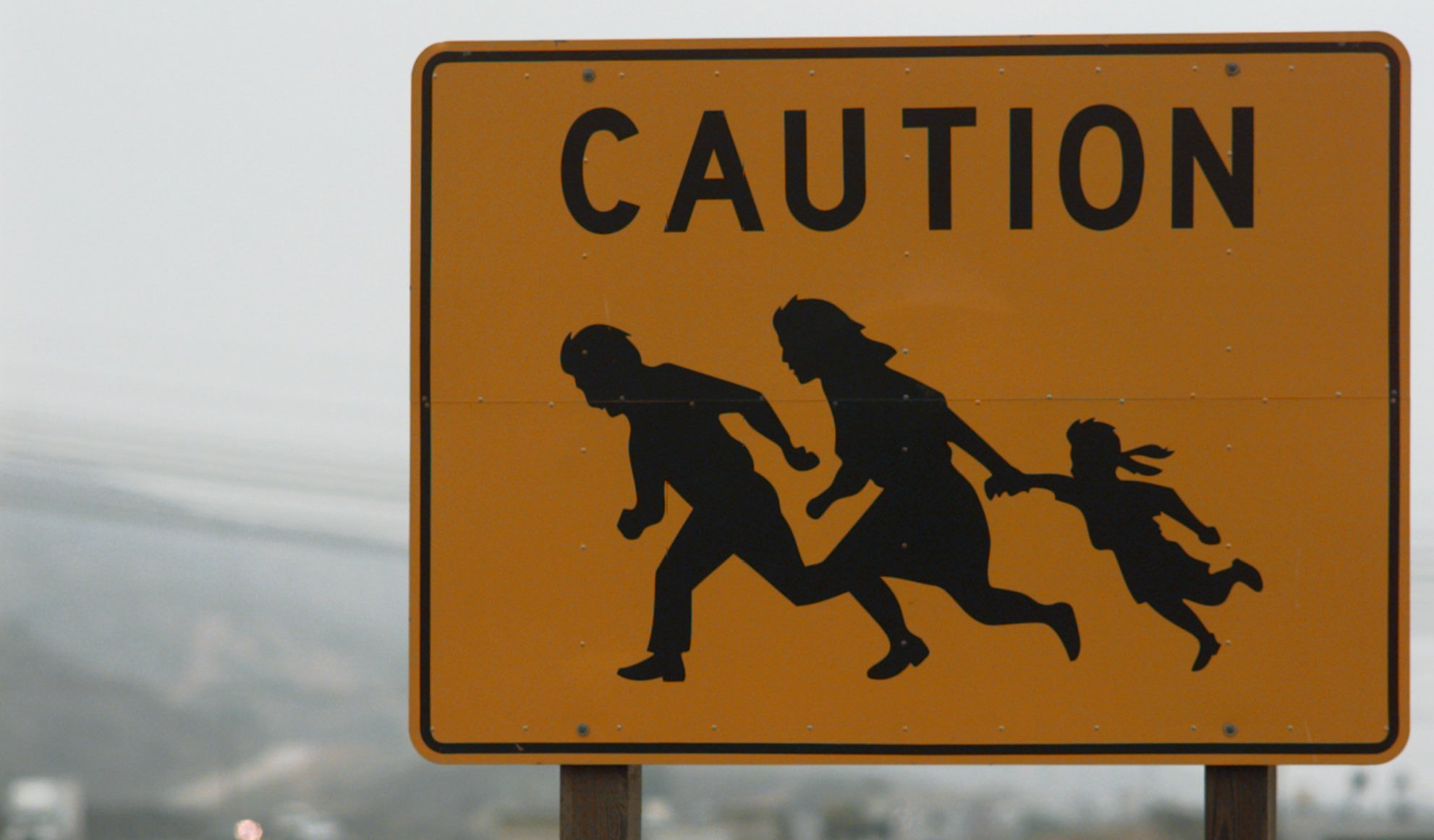
Illegal Immigration
People entering the United States without going through the official immigration process
Valid concerns about fairness and rule of law
But to be sure, are opponents of illegal immigration really against the illegal part, or the immigration part?
- The current administration seems to really be against the immigration part!

Anti-Legal Immigration
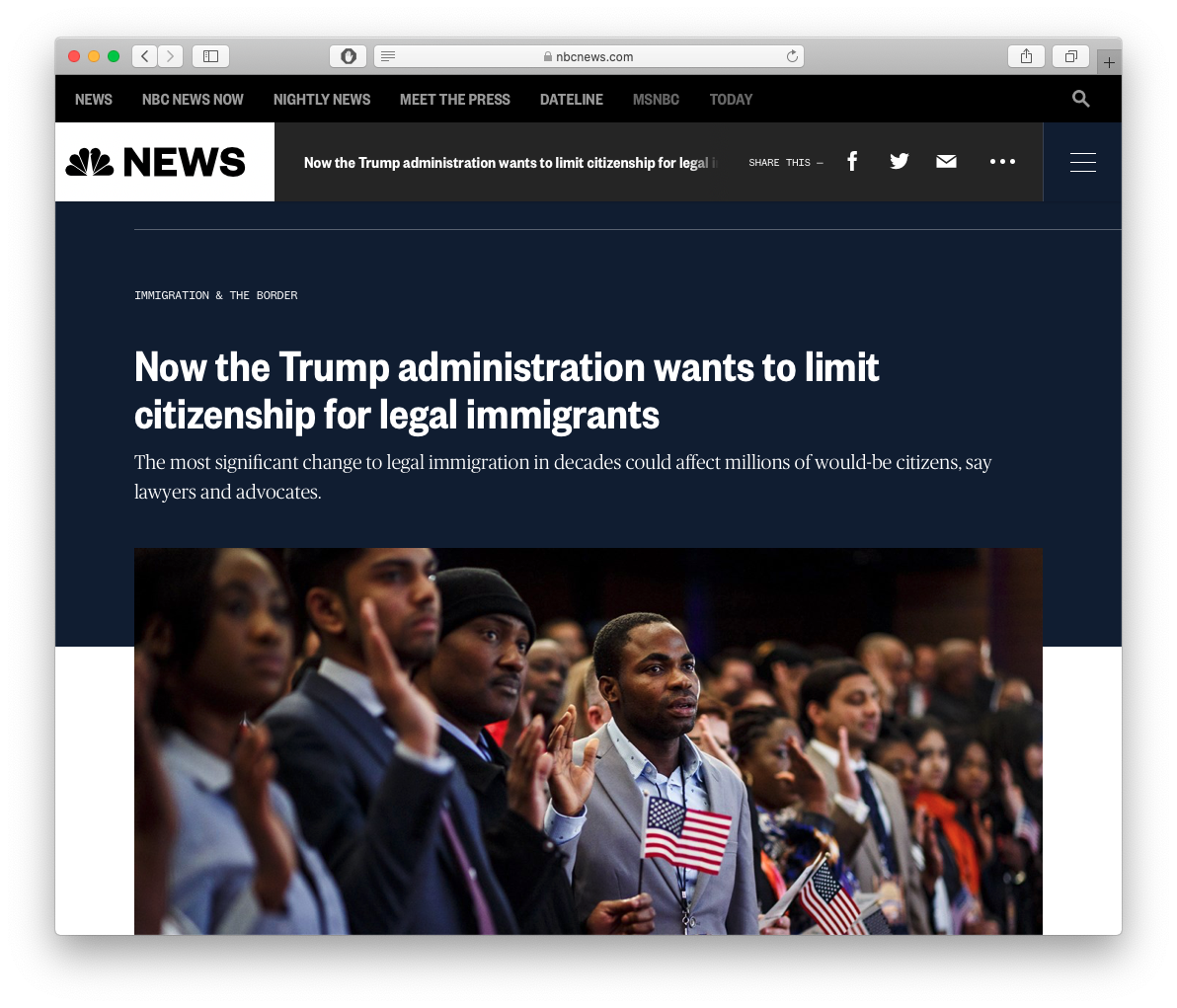
Source: NBC
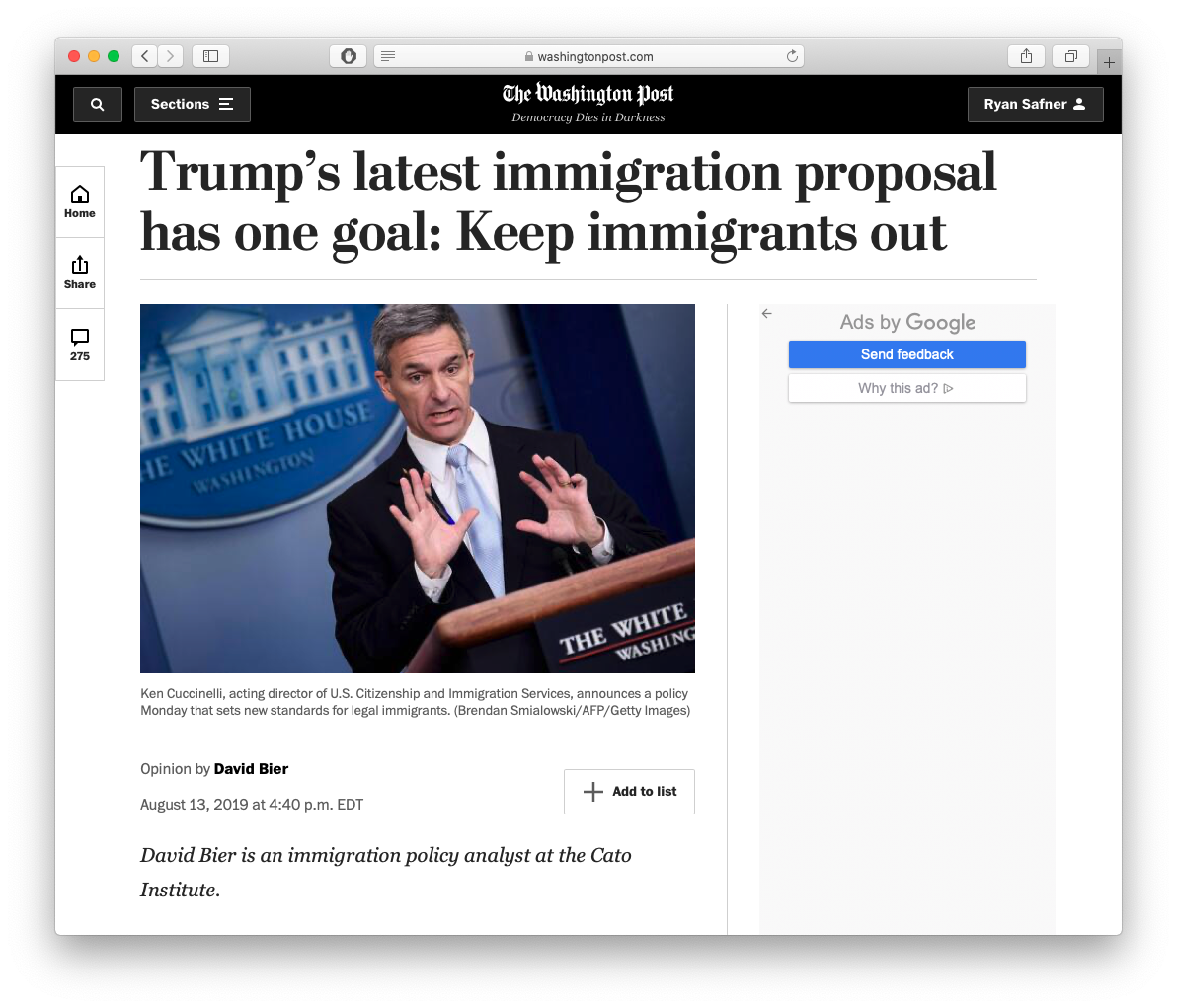
Source: Washington Post
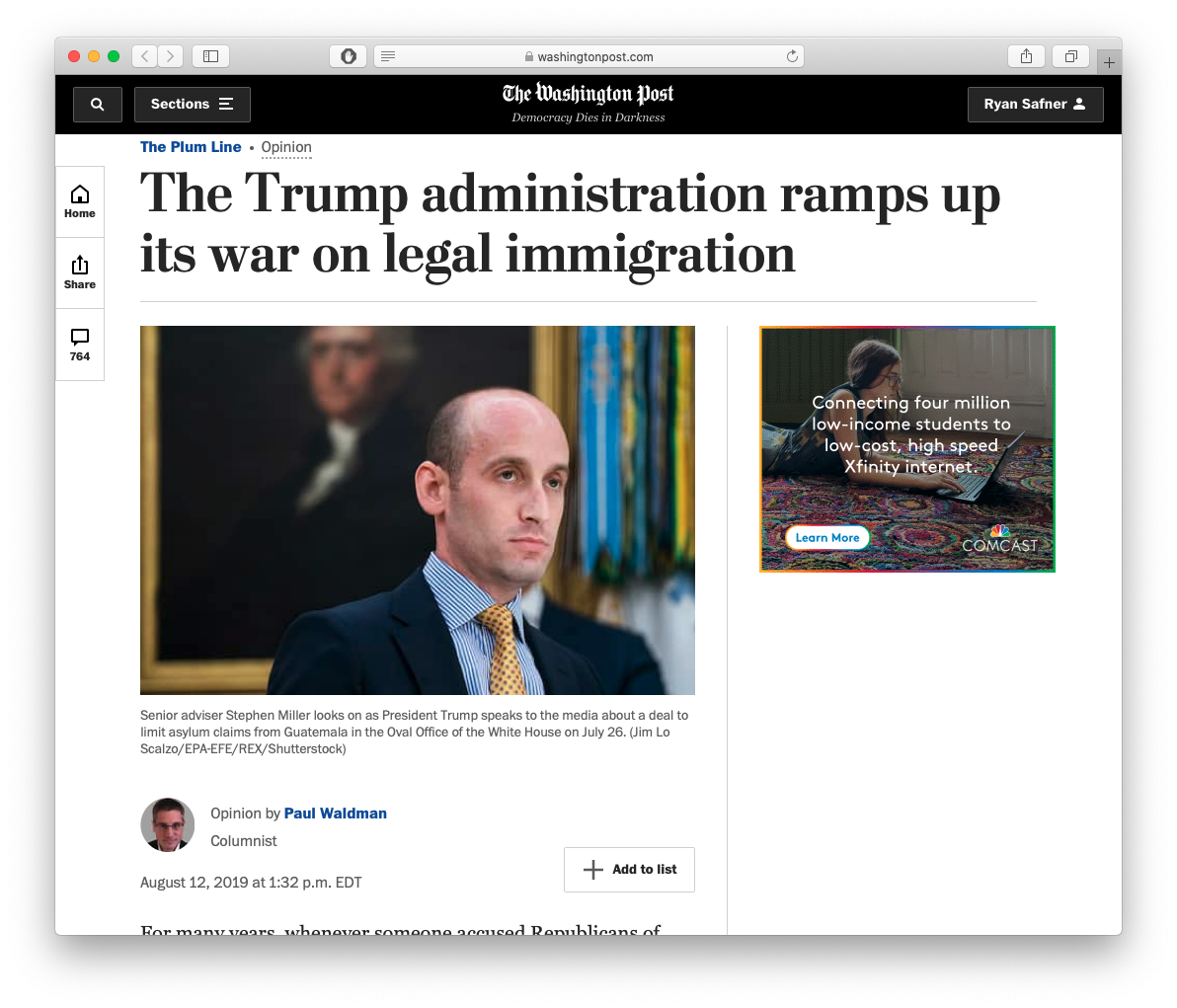
Source: Washington Post
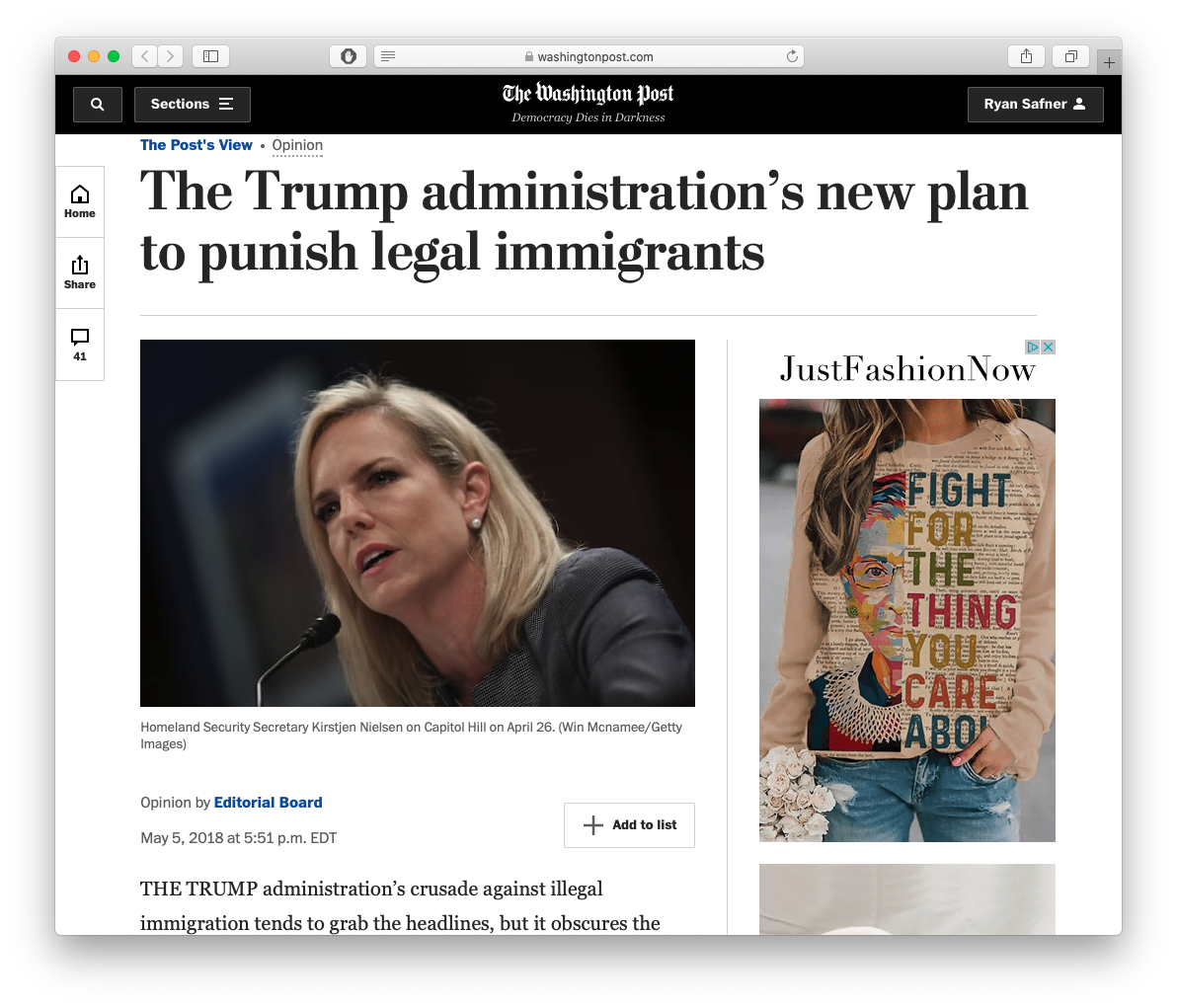
Source: Washington Post
Illegal Immigration
“The decline in the unauthorized immigrant population is due largely to a fall in the number from Mexico – the single largest group of unauthorized immigrants in the U.S. Between 2007 and 2017, this group decreased by 2 million. Meanwhile, there was a rise in the number from Central America and Asia.”

Source: Pew Research (2020)
Illegal Immigration
“In 2017, about 29 million immigrants were working or looking for work in the U.S., making up some 17% of the total civilian labor force. Lawful immigrants made up the majority of the immigrant workforce, at 21.2 million. An additional 7.6 million immigrant workers are unauthorized immigrants, less than the total of the previous year and notably less than in 2007, when they were 8.2 million. They alone account for 4.6% of the civilian labor force, a dip from their peak of 5.4% in 2007.”
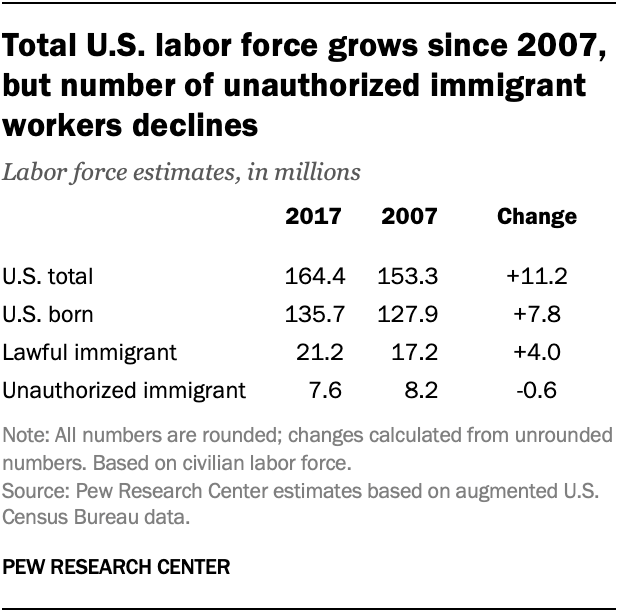
Source: Pew Research (2020)
Attitudes Towards Immigration
Attitudes Towards Immigration
“While immigration has been at the forefront of a national political debate, the U.S. public holds a range of views about immigrants living in the country. Overall, a majority of Americans have positive views about immigrants. About two-thirds of Americans (66%) say immigrants strengthen the country “because of their hard work and talents,” while about a quarter (24%) say immigrants burden the country by taking jobs, housing and health care.”
“Yet these views vary starkly by political affiliation. Among Democrats and Democratic-leaning independents, 88% think immigrants strengthen the country with their hard work and talents, and just 8% say they are a burden. Among Republicans and Republican-leaning independents, 41% say immigrants strengthen the country, while 44% say they burden it.”
“Americans were divided on future levels of immigration. A quarter said legal immigration to the U.S. should be decreased (24%), while one-third (38%) said immigration should be kept at its present level and almost another third (32%) said immigration should be increased.”
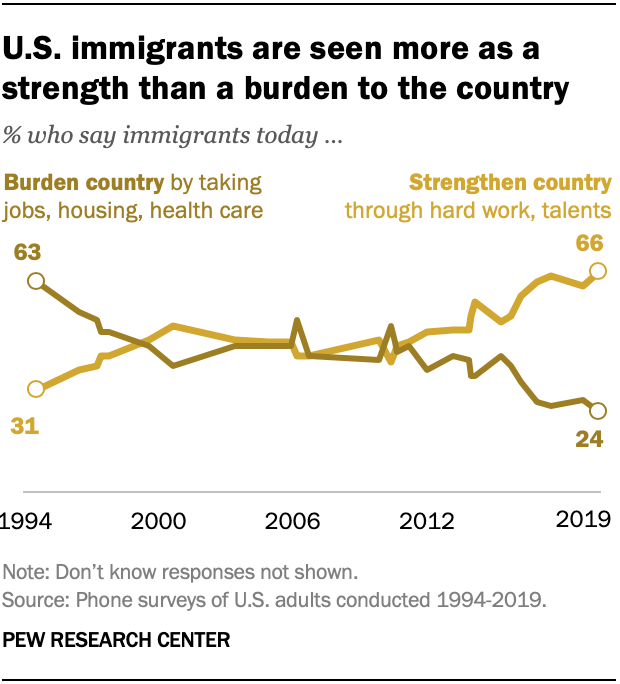
Source: Pew Research (2020)
The Economic Effects of Immigration
The Economic Effects of Immigration
- “The Place Premium” — people’s wages are determined by the place that they live
- institutions and opportunities, productivity (complementary capital, land, etc)
- entirely determined for an individual, through no fault of their own

The Economic Effects of Immigration
High-productivity countries with good institutions enable the same people to earn higher wages than if they were in low-productivity countries with poor institutions
One estimate: opening U.S. borders would increase the average developing country worker’s salary from $8,903 to $19,272
Pritchett, Lant, 2006, Let Their People Come
Keenan, John, 2012, "Open Borders", NBER Working Paper 18307
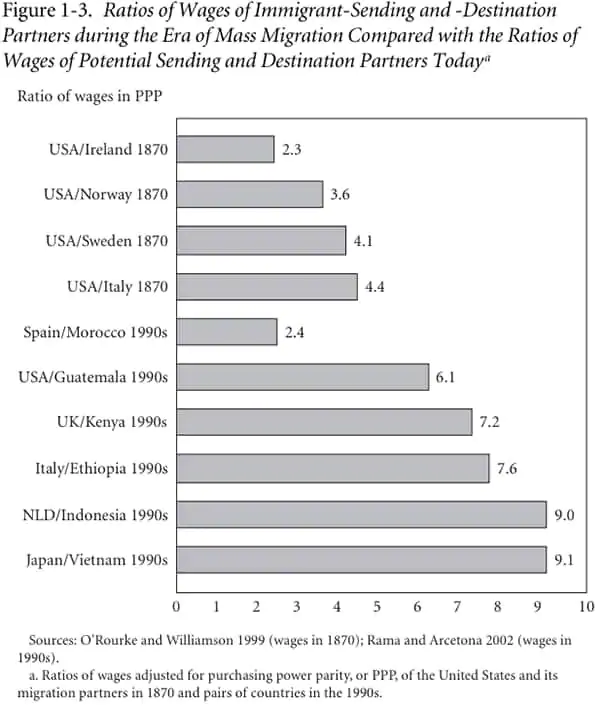
The Economic Effects of Immigration
Immigration from low- to high-productivity countries multiplies a person’s wages
This obviously benefits the immigrant & family, but also the country they immigrate to (improves productivity)

The Economic Effects of Immigration
Closed borders prevent people moving from low-productivity jobs to higher-productivity jobs
It is widely estimated that removing all restrictions to immigration would double world GDP (Clemens, 2002)
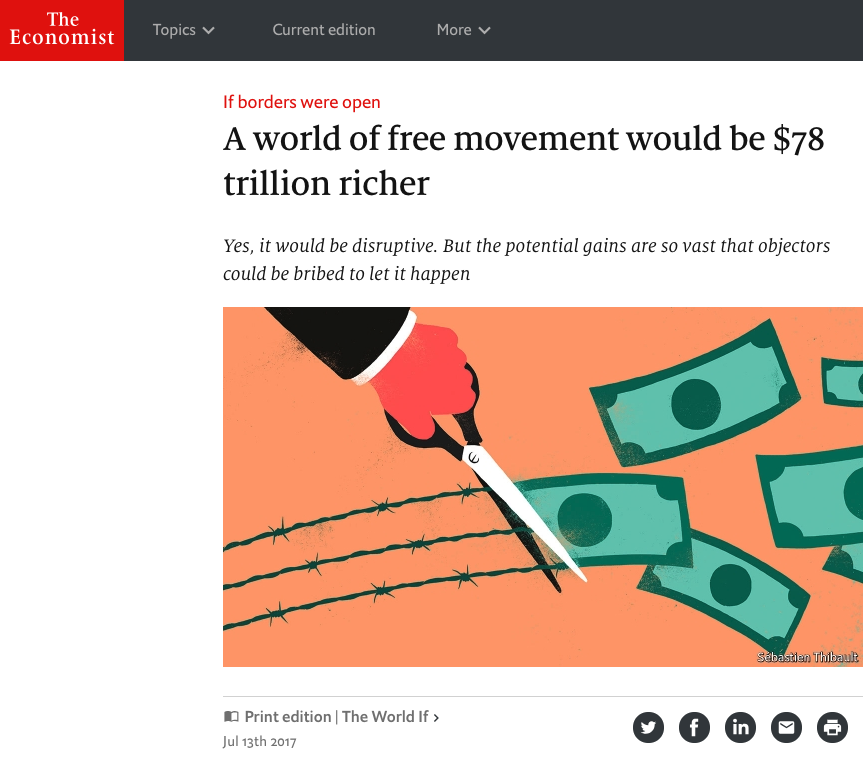
The Economic Effects of Immigration
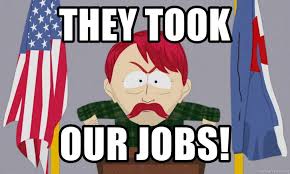
The Economic Effects of Immigration
Most people recognize that the “labor market” is affected by immigration as follows:
Immigration increases the supply of labor
- With a downward sloping demand for labor, this lowers wages w1→w2

The Economic Effects of Immigration
Most people recognize that the “labor market” is affected by immigration as follows:
Immigration increases the supply of labor
- With a downward sloping demand for labor, this lowers wages w1→w2
However, immigrants are not just workers, they are consumers!
- This can also increase the demand for labor
Depending on the relative sizes of these two effects, wages might go up or down

The Economic Effects of Immigration
Furthermore, there is not a single labor market, but many labor markets depending on skills & education levels
- Doctors don’t directly compete with low skilled agricultural workers, etc.
Think about comparative advantage and the division of labor across professions within a country
- With more low-skilled immigrants, allows more specialization & division of labor
- High-skilled workers can hire immigrants at lower wages, freeing them up to produce more high-skilled output

The Economic Effects of Immigration
- Recall, even poor, low-skilled Americans are relatively “high-skilled” compared with much of the world!
- A low-skilled worker in America still earns 2-15x more than equivalent labor in developing countries

America Depends on Working Immigrants
Solorio is one of a growing number of agricultural businessmen who say they face an urgent shortage of workers....“Look, we are paying $14.50 now, but we are going up to $16.”
That has made California farms a proving ground for the Trump team’s theory that by cutting off the flow of immigrants they will free up more jobs for American-born workers and push up their wages.
So far, the results aren’t encouraging for farmers or domestic workers.
But the raises and new perks have not tempted native-born Americans to leave their day jobs for the fields. Nine in 10 agriculture workers in California are still foreign born, and more than half are undocumented, according to a federal survey.
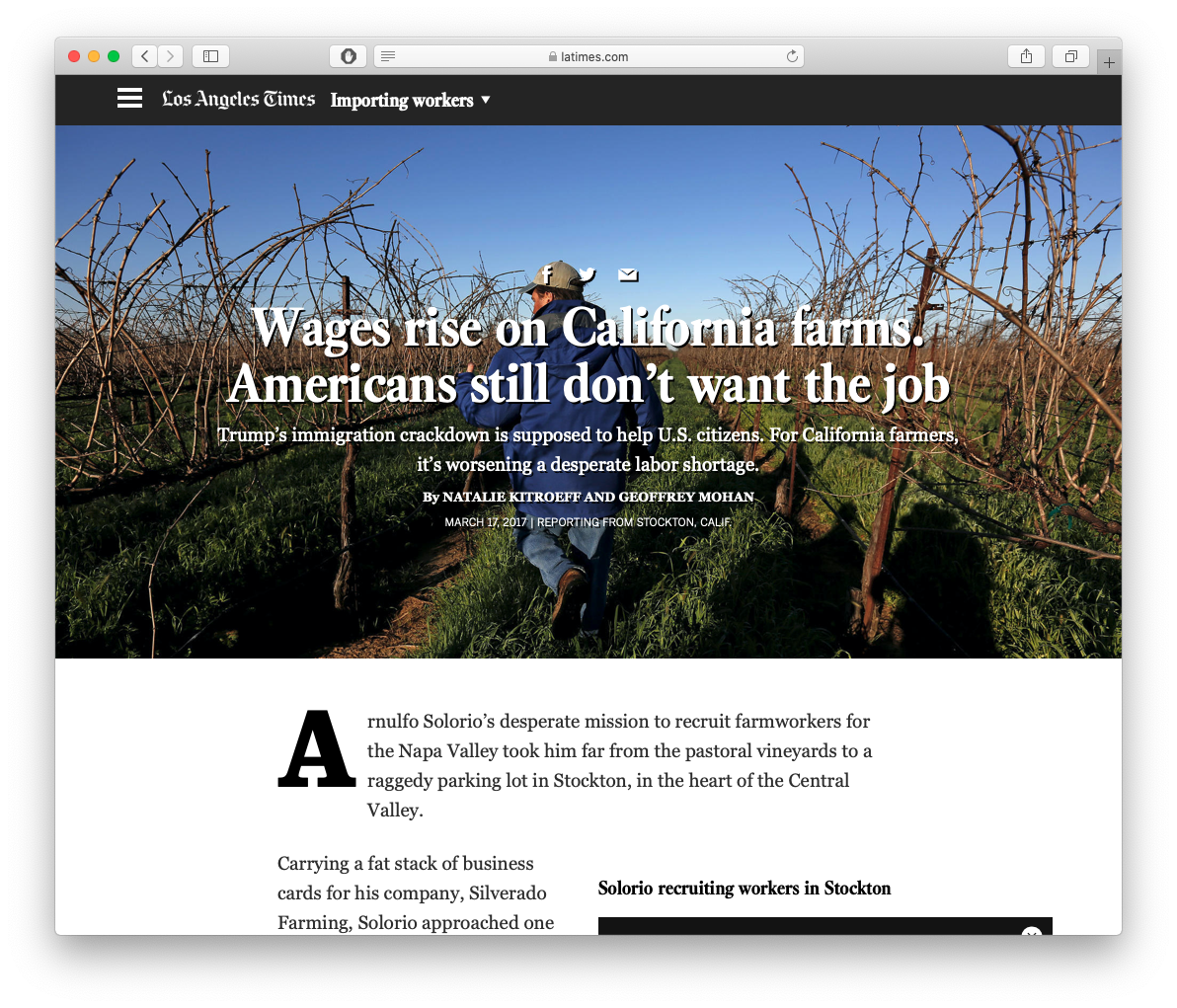
Source: LA Times
Economists on Immigration
“We view the benefits of immigration as myriad: Immigration brings entrepreneurs who start new businesses that hire American workers. Immigration brings young workers who help offset the large-scale retirement of baby boomers. Immigration brings diverse skill sets that keep our workforce flexible, help companies grow, and increase the productivity of American workers. Immigrants are far more likely to work in innovative, job-creating fields such as science, technology, engineering, and math that create life-improving products and drive economic growth.
Immigration undoubtedly has economic costs as well, particularly for Americans in certain industries and Americans with lower levels of educational attainment. But the benefits that immigration brings to society far outweigh their costs, and smart immigration policy could better maximize the benefits of immigration while reducing the costs.”
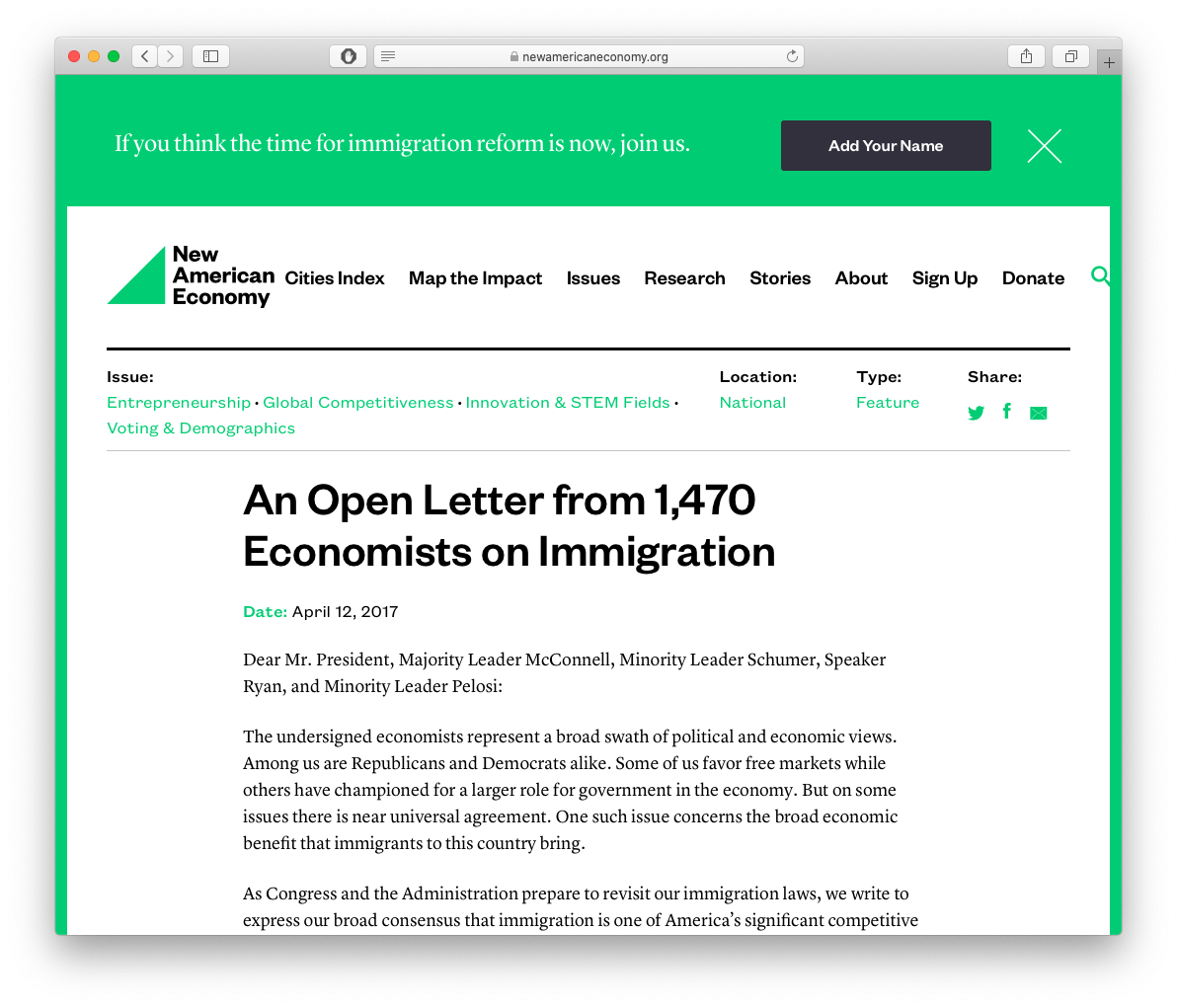
Big Picture: The Economics of Population
Big Picture: The Economics of Population
Nationalism and culture clash aside, perhaps an underlying reason why many resist immigration is because they truly fear greater population growth
View the world (or our country) as a fixed pie, the more people there are, the smaller everyone’s piece
- A zero-sum game

Thomas Malthus: On the Principle of Population
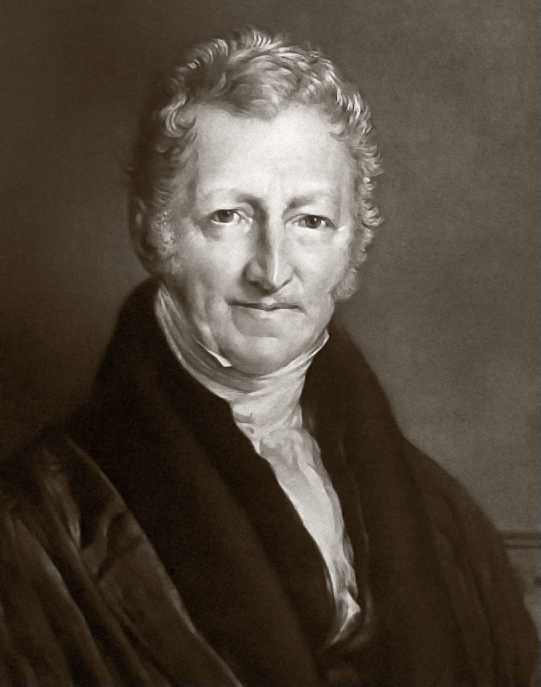
Thomas Robert Malthus
1766-1834
"Population, when unchecked, increases in a geometrical ratio. Subsistence increases only in an arithmetical ratio. A slight acquaintance with numbers will shew the immensity of the first power in comparison of the second."
Malthus, Thomas, 1798, An Essay on the Principle of Population
Thomas Malthus: On the Principle of Population

Thomas Robert Malthus
1766-1834
“The power of population is so superior to the power of the earth to produce subsistence for man, that premature death must in some shape or other visit the human race. The vices of mankind are active and able ministers of depopulation. They are the precursors in the great army of destruction, and often finish the dreadful work themselves. But should they fail in this war of extermination, sickly seasons, epidemics, pestilence, and plague advance in terrific array, and sweep off their thousands and tens of thousands. Should success be still incomplete, gigantic inevitable famine stalks in the rear, and with one mighty blow levels the population with the food of the world.”
Malthus, Thomas, 1798, An Essay on the Principle of Population
Thomas Malthus: On the Principle of Population

Thomas Robert Malthus
1766-1834
“Necessity, that imperious all-pervading law of nature, restrains [all plants and animals] within the prescribed bounds. The race of plants, and the race of animals shrink under this great restrictive law. And the race of man cannot, by any efforts of reason, escape from it. Among plants and animals its effects are waste of seed, sickness, and pre- mature death. Among mankind, misery and vice.”
Malthus, Thomas, 1798, An Essay on the Principle of Population
Thomas Malthus: On the Principle of Population

Thomas Robert Malthus
1766-1834
- Malthus describes two types of “checks” on human fertility & population
“Preventative check”: anything that limits people from having children
“Positive check”: anything that reduces existing population
- famine, disease, war
Malthus, Thomas, 1798, An Essay on the Principle of Population
Two Views of the Economics of Population I
"People as Stomachs"

Paul Ehrlich
1932-
"People as Brains"

Julian Simon
1932-1998
People as "Stomachs" I

"The battle to feed all of humanity is over. In the 1970s hundreds of millions of people will starve to death in spite of any crash programs embarked upon now. At this late date nothing can prevent a substantial increase in the world death rate."
"We must have population control at home, hopefully through a system of incentives and penalties, but by compulsion if voluntary methods fail."
"65 million Americans will die of starvation between 1980-1989. By 1999, the US population will decline to 22.6 million."
"If I were a gambler, I would take even money that England will not exist in the year 2000."
Ehrlich, Paul, 1968, The Population Bomb
Donella Meadows et al., 1972, The Limits to Growth: A Report for the Club of Rome’s Project on the Predicament of Mankind.
People as "Stomachs" II

- Predictions: the world would run out of
- gold by 1981
- mercury and silver by 1985
- tin by 1987
- zinc by 1990
- petroleum by 1992
- copper, lead and natural gas by 1993
- aluminum between 2005-2021
Ehrlich, Paul, 1968, The Population Bomb
Donella Meadows et al., 1972, The Limits to Growth: A Report for the Club of Rome’s Project on the Predicament of Mankind.
People as "Brains" I

Basic price theory: demand for resource raises its price
- Induces recycling, more efficient utilization of resources, development of substitute goods and innovations
- "It takes much less copper now to pass a given message than a hundred years ago."
"Engineering" vs. "economic" forecasting:
- "Engineering forcecasting" takes the amount of physical resources known to be available and substracts an extraplolation of current use rates from this
- these are often famously wrong
- "Economic" forecasting: need to include undiscovered sources, sources not yet economically feasible to extract, sources not yet technologically feasible to extract (note they are different!)
People as "Brains" II

The ultimate resource is people!
More people ⟹ greater extent of the market ⟹ more division of labor ⟹ more specialization ⟹ more productivity
More chances to have an Einstein or a Mozart
Simon, Julian L, 1981, The Ultimate Resource
People as Stomachs vs. Brains
"The nonrivalry of technology, as modeled in the endogenous growth literature, implies that high population spurs technological change. This paper constructs and empirically tests a model of long-run world population growth combining this implication with the Malthusian assumption that technology limits population. The model predicts that over most of history, the growth rate of population will be proportional to its level. Empirical tests support this prediction and show that historically, among societies with no possibility for technological contact, those with larger initial populations have had faster technological change and population growth," (p.681)
"[H]olding constant the share of resources devoted to research, an increase in population leads to an increase in technological change...This paper argues that the long-run history of population growth and technological change is consistent with the population implications of models of endogenous technological change...even if each person's research productivity is independent of population, total research output will increase with population due to the nonrivalry of technology. As Kuznets [1960] and Simon [1977, 1981] argue, a higher population means more potential inventors.," (p.681-684)
Kremer, Michael, 1993, "Population Growth and Technological Change: One Million B.C. to 1990," Quarterly Journal of Economics 108(3): 681-716.
The Causes of Economic Growth
Consider a simple aggregate production function Y=f(A,eL,K)
- Y: GDP
- A: technology
- e: Education/human capital
- L: labor
- K: physical capital
Population growth raises L and therefore raises Y (i.e. GDP)
- Can come either from births or immigration

The Demographic Transition
- The “Demographic transition”: as countries develop, their fertility rates (number of births per woman) tend to decrease
- Lower infant mortality rate (more surviving children)
- Higher opportunity cost for women to stay out of the work force
- Children become an object of love more than a source of free (agricultural) labor

The Demographic Transition
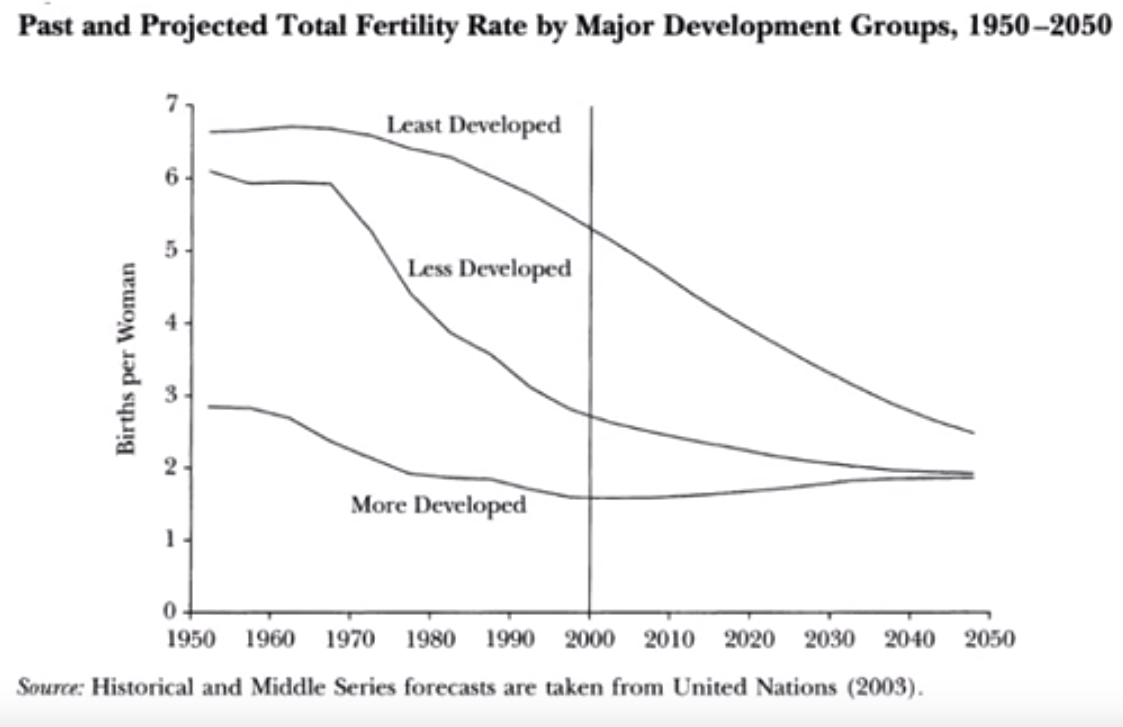
Lastly, The Welfare State and Immigration
- “The Welfare State” is financed by intergenerational debt on future generations
- Benefits (Social Security, Medicare, Medicaid) to elderly today are paid by taxes on younger workers
- Not a problem if there are plenty of working young people per benficiary
- In 1940: 159 workers paying into the system for every 1 beneficiary collecting payments
- In 2013: 2.8 workers paying into the system for every 1 beneficiary
Source: Social Security Administration

